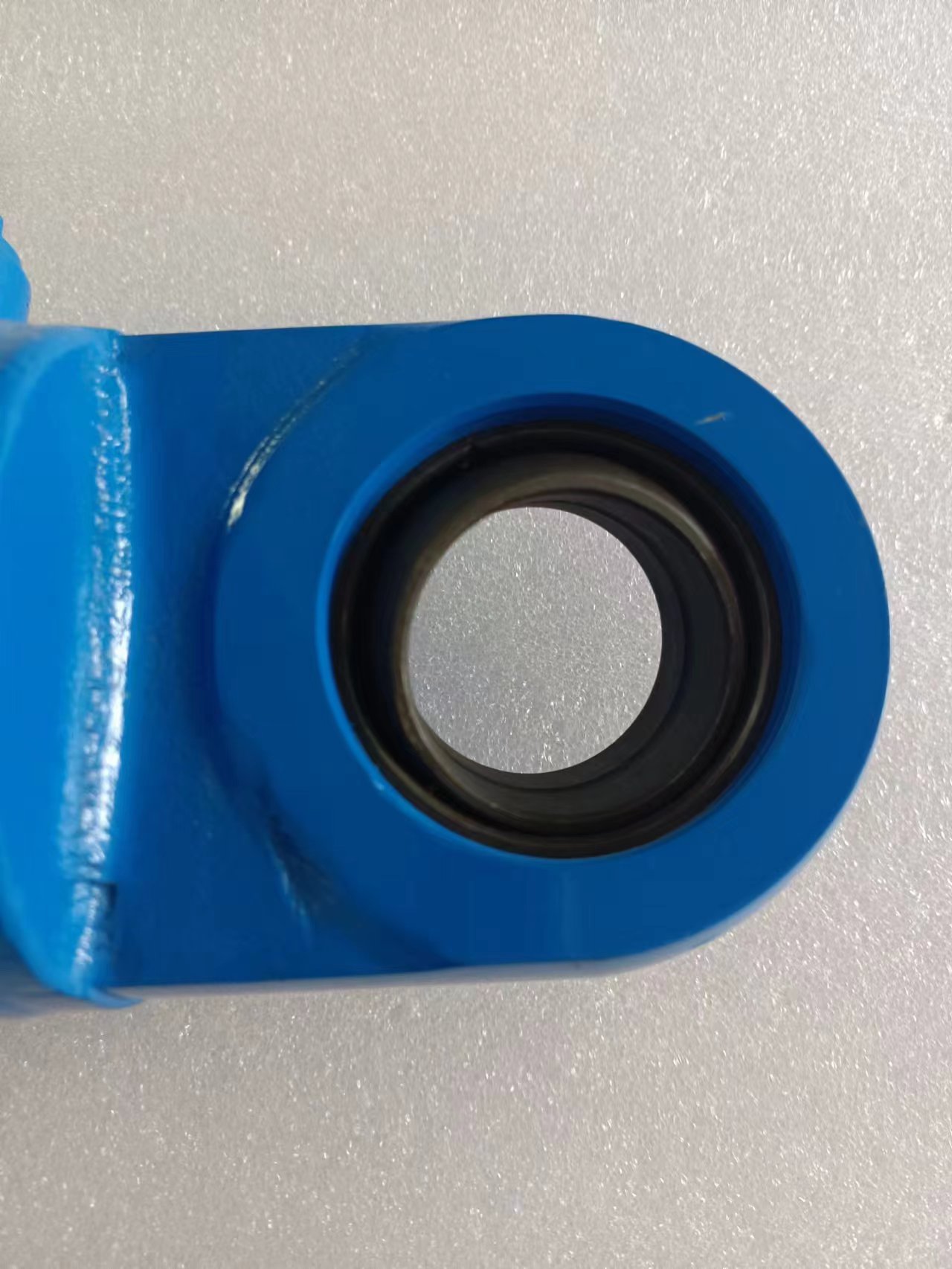Nov . 21, 2024 21:31 Back to list
parts for hydraulic cylinder product
Understanding the Essential Parts for Hydraulic Cylinder Products
Hydraulic cylinders are crucial components in various industries, including construction, manufacturing, and automotive sectors. They convert hydraulic energy into linear motion, providing the power necessary to lift, push, pull, or move heavy loads with precision. To appreciate how these machines operate, it’s essential to delve into the fundamental parts that constitute hydraulic cylinder products.
At the core of a hydraulic cylinder is the cylinder barrel, which houses the fluid and the piston. Typically made of robust materials such as steel or aluminum, the barrel must withstand high pressure. The internal surface of the barrel is smooth to allow the piston to slide freely while minimizing wear and tear.
Next is the piston, a critical component that moves within the barrel in response to hydraulic fluid pressure. The design of the piston often features seals that ensure a tight fit against the cylinder walls, preventing hydraulic fluid from leaking. These seals are made of durable materials like rubber or plastic, designed to endure constant movement and variable temperatures.
The rod, also referred to as the piston rod, extends from the cylinder and carries the force generated by the piston to the object being moved. This rod is typically chrome-plated to enhance durability and reduce wear. Additionally, it often incorporates seals to further prevent hydraulic fluid leakage and ensure efficient operation.
parts for hydraulic cylinder product

Another essential part is the end cap or head, which seals the ends of the hydraulic cylinder and provides attachment points for the hydraulic system
. The design and materials used for the end caps, usually made from steel or cast iron, must withstand significant stress and maintain the integrity of the hydraulic system.Ports are designed for the inlet and outlet of hydraulic fluid, allowing for controlled flow and return. These ports are critical for ensuring that the hydraulic fluid can enter and exit the cylinder efficiently, contributing to the cylinder’s overall performance.
To enhance the efficiency and durability of hydraulic cylinders, manufacturers also incorporate various types of sealing solutions, including O-rings and hydraulic seals. These seals play a vital role in preventing contamination of the hydraulic fluid and maintaining pressure within the system, which is essential for optimal performance.
Lastly, understanding how different parts interact forms a foundation for maintaining hydraulic cylinder products. Regular inspection and maintenance of components such as seals and the cylinder barrel can prevent issues like leaks or mechanical failure, ensuring long-term reliability.
In conclusion, recognizing the parts is vital for anyone involved in managing hydraulic systems. With a solid grasp of their components—barrel, piston, rod, end caps, ports, and seals—operators and technicians can effectively troubleshoot and maintain hydraulic cylinders, thereby enhancing operational efficiency and extending the lifespan of these indispensable industrial tools.
-
Fork Lift Power Units - Hebei Shenghan | Efficiency, Reliability
NewsJul.13,2025
-
1.5-Ton Turbocharged Cylinder-Hebei Shenghan|Hydraulic Solution,Energy Efficiency
NewsJul.13,2025
-
Auto Hoist Power Units-Hebei Shenghan|Efficiency&Industrial Lifting
NewsJul.13,2025
-
Double Acting Power Units-Hebei Shenghan|Hydraulic Solutions,Industrial Efficiency
NewsJul.13,2025
-
1.5 Ton Lifting Cylinder 70/82-40-290-535 - High-Performance Hydraulic Solution | Hebei Shenghan
NewsJul.13,2025
-
Fork Lift Power Units - Hebei Shenghan | Efficiency&Reliability
NewsJul.13,2025
